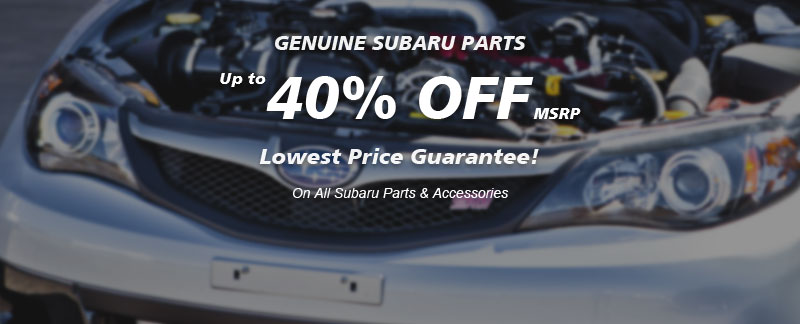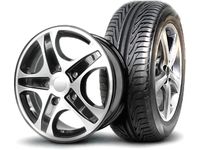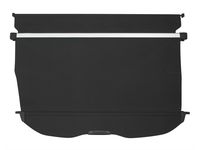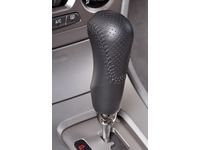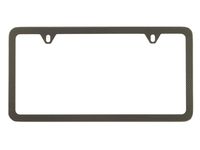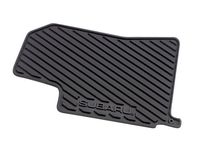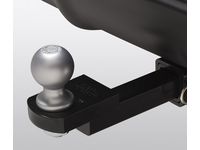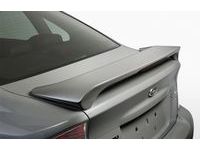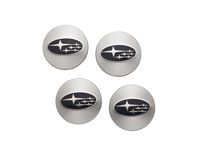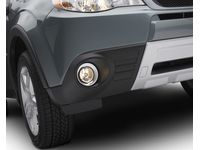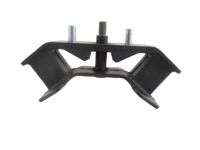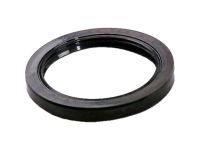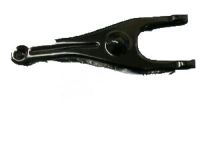- Live Chat
- 1-888-503-5191


Why choose SubaruPartsDeal
- Quality Parts
Your Subaru Forester deserves only genuine parts from SubaruPartsDeal.com. At SubaruPartsDeal.com, our products have best-in-class performance and reliability. So you can rest assured our parts are meant to push your vehicle to its limits.
- Fast Delivery
With a complete Subaru Forester parts catalog and a full selection of inventory, your parts are ready to be expedited anywhere in the nation without delay. There's zero risk involved when buying from us because all our Subaru Forester auto parts are expedited directly from authorized dealers and backed by the manufacturer's warranty. For years, we've been the #1 Subaru Forester online parts store.
- Excellent Customer Service
Our outstanding customer service team is here to help you by email, live chat, or phone call with any inquiries regarding your purchase. At SubaruPartsDeal.com we have dedicated representatives who are standing by to assist you with your shopping needs.
Popular Genuine Subaru Forester Parts
- Engine Main Parts View More >
- Suspension, Axle & Brake Parts View More >
- Body, Key Kit & Bumper Parts View More >
- Engine Mounting & Cooling Parts View More >
- Body Electronics Parts View More >
- Steering System & Cable Parts View More >
- Engine Auxiliaries Parts View More >
- Engine Electronics Parts View More >
- Automatic Transmission Parts View More >
- Heater & Air Conditioner Parts View More >
- Seat & Instrument Panel Parts View More >
- Door Parts View More >
Shop Genuine Subaru Forester Parts with SubaruPartsDeal.com
The Subaru Forester, a compact crossover SUV, first made its debut at the 1995 Tokyo Motor Show before entering mass production in 1997. Garnering acclaim as the best small SUV from 2004 to 2006 and Motor Trend's 2009 Sport Utility of the Year, the Forester has made a notable impact in its segment. Noteworthy for its powerful engine, affordability, and comprehensive driver-assist features, this model is assembled primarily in Japan. With its body style of a 5-door auto and front-engine, all-wheel-drive layout, it offers practical dimensions, including a wheelbase of 2,525 mm, and a weight of around 1,430 kg. The first-generation Forester was available in base, L, and S trims, all powered by a 2.5-liter four-cylinder boxer engine producing 165 hp. The Forester, renowned for its intelligent design and quality components, has seen five generations, with each refining and adding features. The second generation, introduced at the 2002 Chicago Auto Show, was built on the new Impreza platform, bringing weight-saving refinements and feature enhancements. In 2004, the turbocharged XT trim was launched, showcasing a 2.5 L turbocharged DOHC engine and further refinements. The Subaru Forester continues to epitomize the balance of practicality, performance, and safety in the compact SUV segment.
Subaru Forester, an SUV known for traversing across mountains and rivers, can experience certain common issues. High oil consumption and head gasket failure top the list, with many owners noting significant engine performance decline, such as power loss on acceleration, starting issues, and poor fuel economy. Checking the head gasket is critical, and to curb excessive oil use, maintaining the air filter, oil filter, lash adjuster, and other engine components is advised. Braking and transmission failures also occur; symptoms include noisy brakes, pulsating brake pedals, poor brake response, and difficulty shifting gears, grinding noises, or inability to switch drive modes. Replacing the brake pad set and inspecting the transfer case cover can remedy these issues. Besides mechanical components, the Forester has various electrical parts needing attention. The power window switch, susceptible to wear from repeated use, may need replacing if windows malfunction. Lastly, for optimal driving visibility, maintaining the wiper blade and wiper arm is essential.
Every OEM component is subjected to rigorous quality checks, assuring its safety, resilience, and performance that aligns with your original parts. Should you find yourself in need of new OEM Subaru Forester parts, including Inner Accessories, Manual Transmission, our website is your top choice. Not only do we provide genuine Subaru Forester parts, such as Outer Accessories, Differential & Propeller Shaft at the best prices and with speedy delivery, but we also extend a hassle-free return policy and a manufacturer's warranty on all parts.
Subaru Forester Parts Questions & Answers
- Q: How to Check and Replace a Transaxle Mount on Subaru Forester?A: To replace the transaxle mount, begin by lifting the vehicle onto jackstands. Use a screwdriver/prybar to slightly move the transaxle. If it moves excessively, inspect the mounts. To replace, begin by removing the mount bolts. Lift the transaxle with a jack, and remove the mount. Install the new mount, tighten the bolts, and lower the vehicle.
- Q: How to replace extension housing oil seals and drive axle oil seals on Subaru Forester?A: Oil leaks often result from worn seals or sensors. These can be replaced without removing the transaxle. If you spot lubricant puddles under the transaxle, lift the vehicle and place it on jack stands. Identify the leak source. For the extension housing oil seal, remove the driveshaft, heat shield, and seal. Install the new seal with a seal driver or large deep socket. For the Wheel Seal, remove the exhaust manifold and center exhaust pipe, place a drain pan under the transaxle, remove the driveaxles, and pry the Wheel Seal from the transaxle. Install the new seal, lightly oil it, and reinstall the driveaxles. Check and adjust the transaxle or differential lubricant level as needed.
- Q: How Do You Access and Inspect the Clutch Disc,Clutch Fork,Pressure Plate and Release Bearing on Subaru Forester?A: To access the clutch, remove the transaxle, leaving the engine in the vehicle. Check the flywheel and pressure plate for marks, and loosen the bolts. Inspect the clutch disc lining, flywheel, machined surfaces, diaphragm spring fingers, and the pilot bearing for wear and damage. Clean the flywheel and pressure plate with brake cleaner, position the clutch disc and pressure plate against the flywheel, center the disc, and tighten the bolts. Lubricate the release bearing, install it, and reinstall the transaxle and other components.
